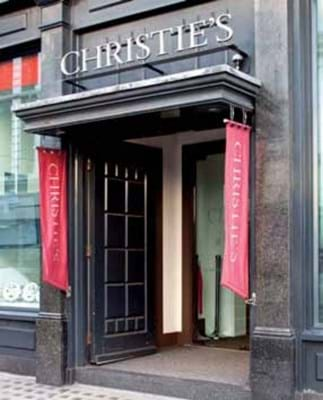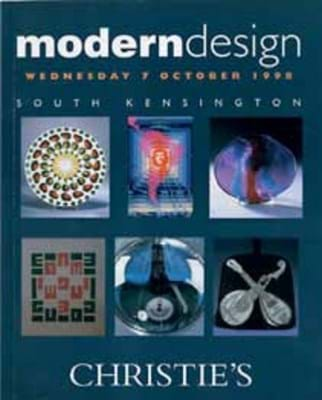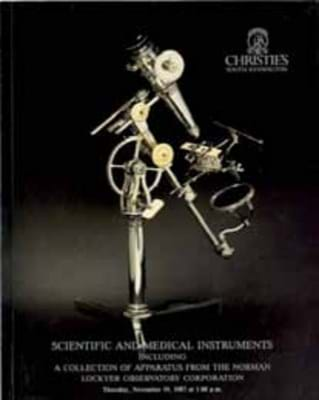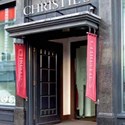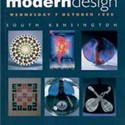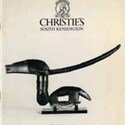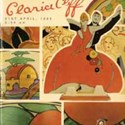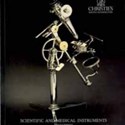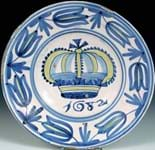Affectionately known as ‘CSK’ or simply ‘South Ken’, the fin de siècle Old Brompton Road building has been a central cog in the UK’s art and antiques machine for decades.
The operation, formerly Debenham Coe, was acquired in early 1975 as Christie’s answer to Sotheby’s secondtier sales in Belgravia (and later Olympia).
At its peak in the ’80s and ’90s holding four or more sales a week, CSK was both a seemingly never-ending source of middle-range chattels and a kind of ‘R&D’ department for a range of embryonic collecting areas – from vintage posters and costume to teddy bears.
In the pre-internet age, collecting had its posh London shop window.
For devotees of Moorcroft or Hornby Dublo, the coach trip to west London was an annual highlight. For one memorable Clarice Cliff sale, so many attended it was necessary to run two salerooms and two auctioneers in tandem.
Welcoming rather than forbidding, CSK was the perfect nursery for collectors, dealers and auction specialists. Many collectors and niche markets found their feet here.
Some disciplines, such as post-war design, studio pottery, photography and Modern British art, were promoted to the premier league. Others such as Susie Cooper, Carlton Ware, Poole and chintz just enjoyed their moment in the sun.
But in truth, many of those sales wilted a decade ago.
The dedicated collectors’ department – source of so much media-friendly merchandise that boosted Christie’s profile in the way that selling traditional art and antiques never had – began to unravel.
Former staff set up on their own or joined the burgeoning regional saleroom scene.
Instead, CSK began to reinvent itself as a boutique saleroom catering for a new audience. Pioneering a new form of ‘portmanteau’ sale, variously called At Home or Interiors, these sales were aimed at the private customer and promoted via magazine-style shopping catalogues. Weekend and evening views were also added to encourage footfall.
Rumours regarding the longterm future of the saleroom have circulated for years.
Somehow, a staff-heavy operation in prime real estate selling ‘affordable’ art and antiques didn’t quite fit with a firm that can turn over £200m in a single evening at Christie’s London HQ, King Street, or the Rockefeller Center in New York.
The targets for global growth were clearly elsewhere. Christie’s opened new offices in Shanghai in 2013, Beijing in 2016 and next month will unveil a space in Los Angeles.
The writing was finally on the wall last year when online sales (118 across 19 categories) far outnumbered the 56 ‘live’ events.
Even the flagship Picasso ceramics sale moved online.
Higher minimum lot values (fixed at £5000 in some categories) meant that much business was referred elsewhere, turning a once thriving hub of commercial activity into a showroom where a month could pass without the sound of a gavel.
The news of CSK’s impending closure thus comes as no great surprise. There will be many competent UK salerooms delighted to accept the material Christie’s will now turn away.
But, without doubt, the demise of CSK is an ‘end of an era’ moment.



